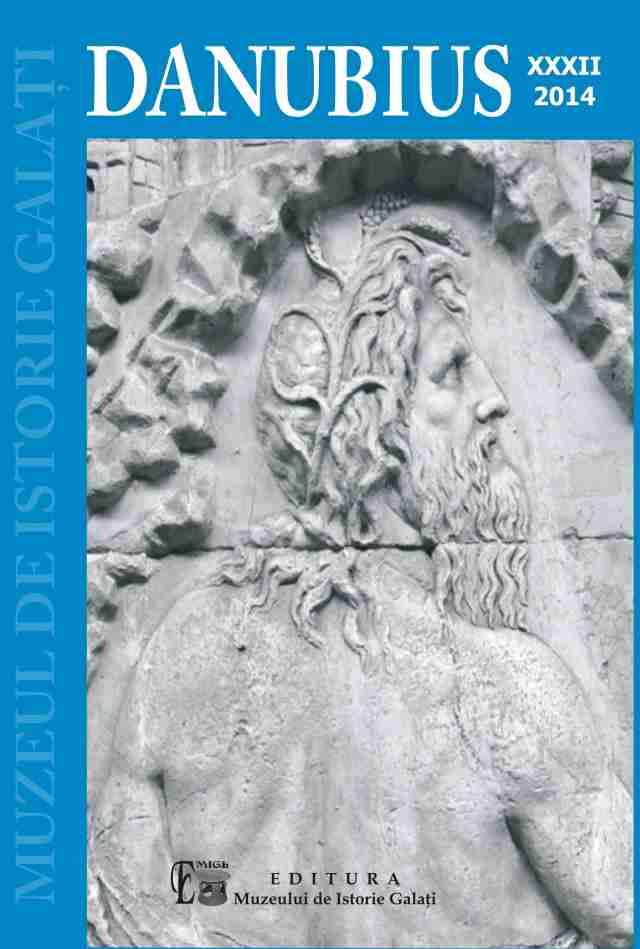Human States of Awareness in Vijnanavada Buddhism (the Operational Consciousnesses - pravrtti vijnana)
Human States of Awareness in Vijnanavada Buddhism (the Operational Consciousnesses - pravrtti vijnana)
Author(s): Ovidiu Cristian NeduSubject(s): Christian Theology and Religion
Published by: Muzeul de Istorie „Paul Păltănea” Galaţi
Keywords: Buddhism; Vijnanavada; mental consciousness; manovijnana; operational consciousness; pravrtti vijnana; perception; concept; category.
Summary/Abstract: After being engendered through the appropriating activity (upadana) of the mind (manas), applied to the universal experience of the storehouse consciousness (alayavijnana), the individual experience is constituted through the conjoint activity of the six “operational consciousnesses” (pravrtti vijnana): the five sensory consciousnesses and the mental consciousness (manovijnana). The brute sensory experience is projected by the five sensory consciousnesses, approximating the senses, but being rather some faculties (indriya), capacities, the potentiality of consciousness to engender some specific types of experience. In Vijnanavada, the sensory experience is totally devoid of concept (vikalpa), presenting itself as an amorphous flow of sensory inputs. Conceptualization is performed by the mental consciousness which, in an illusory manner, projects the categorically discriminated entities onto the sensory flow. Vijnanavada authors claim that the conceptually determined entities created by the mental consciousness (manovijnana) are purely fictitious, hence the mental consciousness projecting a totally illusory ontological sphere, which broadly comprises all the states of human awareness. Most of the human conscious experiences take place at the level of this conceptual sphere, this meaning that human awareness and the entire human drama involve mainly illusory entities. Therefore, conceptual experience is severely flawed, firstly, because it is produced at the level of the limited individual self (atman), and, secondly, due to its fictitious character (vitatha).
Journal: Danubius
- Issue Year: XXXII/2014
- Issue No: 1
- Page Range: 459-495
- Page Count: 37
- Language: English

